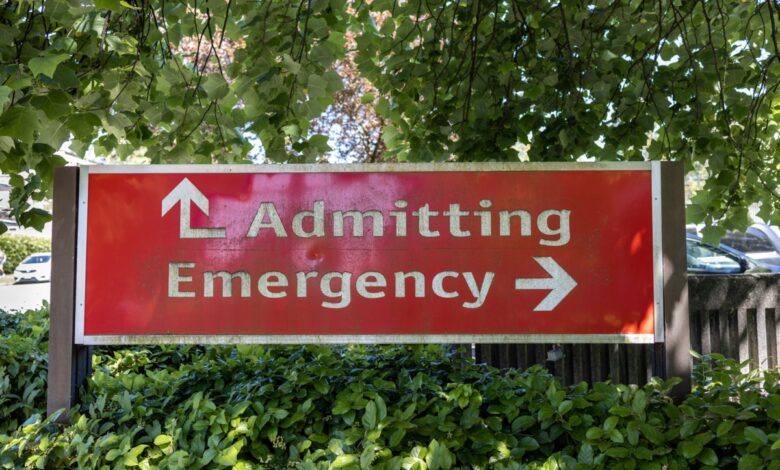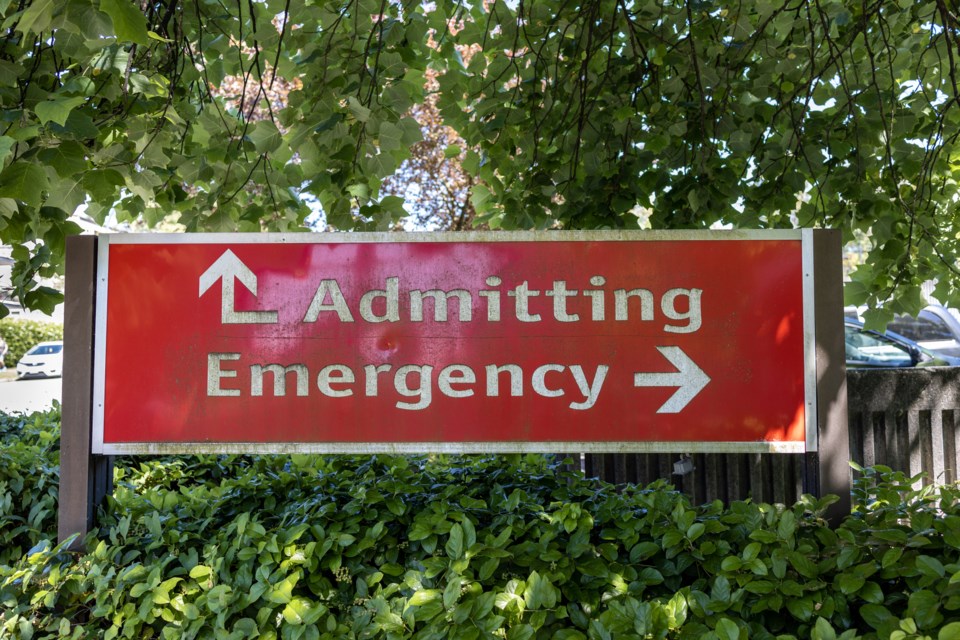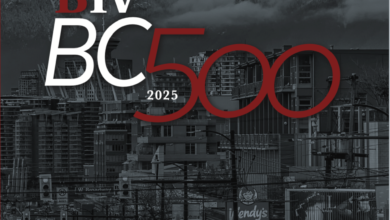Rob Shaw: Stats only part of the story on B.C. health care and public safety


New statistics on ERs and public safety don’t always match with public sentiment.
Health care and public safety are two of the top issues on the minds of British Columbians, but new statistics this week paint differing views of whether the government is making progress in dealing with public concerns.
Almost 142,000 people walked out of B.C. emergency rooms last year without being seen by a doctor or nurse, as patients wrestle with multi-hour wait times, crowded hospitals and an overwhelmed health-care system.
The numbers are part of internal health ministry data the Opposition BC Conservatives obtained under freedom of information, which show an 86 per cent increase over the last six years in people leaving ERs without being seen.
“These aren’t just numbers, they’re lives,” Opposition Conservative critic Brennan Day said.
“That’s 141,961 people who turned to the system in a moment of crisis and were turned away by a government that simply isn’t listening.”
The worst rise was in Island Health, where the number of people leaving ERs without treatment jumped 160 per cent over six years. It was 87 per cent in Fraser Health and 56 per cent in Vancouver Coastal Health over the same period. The wait times at Surrey Memorial Hospital’s ER at 9:45 p.m. Thursday night was almost 10 hours. At that rate, a person entering the ER wouldn’t be seen until almost 8 a.m. Wait times were almost six hours at Vancouver General Hospital ER, and more than eight and a half hours at Peace Arch Hospital ER in White Rock.
The health ministry said in a statement it triages patients in ERs to prioritize the sickest people first, but never turns a person away.
“The number of patients that leave the ED without being seen is a small proportion of the total number of visits to the ED,” read the statement.
“In general, patients with lower acuity levels are more likely to leave the ED without seeing a physician. If a person feels they no longer need to wait, they should let the triage nurse know that they are leaving.”
The BC NDP government said it continues to try and recruit more health-care staff, including nurses and doctors, to improve wait times.
Data on the skyrocketing number of people walking out of ERs seems to match public frustration over multi-hour hospital wait times.
But when it comes to public trust in the system, health care isn’t the only sector where the numbers and the lived experience feel misaligned.
Crime is apparently going down in B.C., according to Statistics Canada. The federal agency released new figures that show the crime rate fell seven per cent in B.C. last year, compared to the year prior, and the crime severity index — which measures the seriousness of criminal offences — has declined 11 per cent.
Nina Krieger, the province’s new solicitor general, chose to ride the figures for a victory lap.
“This progress reflects the continued efforts by the B.C. government, First Nations and local governments, police services, community organizations and businesses to work together to build safer communities,” she said in a proactive statement sent out by government to trumpet the “positive impacts” of government’s crime policies.
“This reduction is also the result of focused investments in policing, mental-health and addictions supports, housing and crime-prevention initiatives,” Krieger added.
The difference between the ER wait time stats and the crime stats, though, is that the crime stats don’t appear to match the public perception of actual progress.
“Take a walk in almost any downtown in B.C. and it’s quickly apparent and obvious that street disorder and crime has not decreased,” said Jess Ketchum, co-founder of the Save our Streets coalition of business and community groups.
The stats don’t match surveys done by businesses threatening to close due to vandalism, crime and disorder, he said. Nor does it likely match what the public sees in worsening homelessness, open drug use and people in states of psychosis or distress.
“Feedback from B.C. residents and businesses and province-wide polling commissioned by SOS last year suggests the (crime) rates in communities across the province are likely much higher as many crimes are going unreported because people have lost faith in the justice system,” said Ketchum.
You’d be hard-pressed to find someone who thinks Vancouver’s Downtown Eastside is in better condition, or safer, today than it was in previous years. Same for Victoria’s Pandora Avenue.
And the province has been rocked by several disturbing cases of intimate partner violence, including a Kelowna man charged with beating to death his ex-wife with a hammer in broad daylight in a parking lot just hours after being convicted of other threats and violence.
If the government wants credit for fixing health care and crime, it will need to do more than just produce spreadsheets with the right trend lines.
The real test will be whether people believe the system is there for them in a moment of need, be it an ER waiting room or on a sidewalk in a downtown core.
Right now, too many British Columbians are unconvinced, regardless of what the statistics say.
Rob Shaw has spent more than 17 years covering B.C. politics, now reporting for CHEK News and writing for The Orca/BIV. He is the co-author of the national bestselling book A Matter of Confidence, host of the weekly podcast Political Capital, and a regular guest on CBC Radio.
🚨New newsletter alert! Stay ahead of the curve in B.C. politics. Get expert political analysis delivered straight to your inbox, plus inside scoops and other stories from across the province. Sign up here for the Capital & Coast newsletter.




